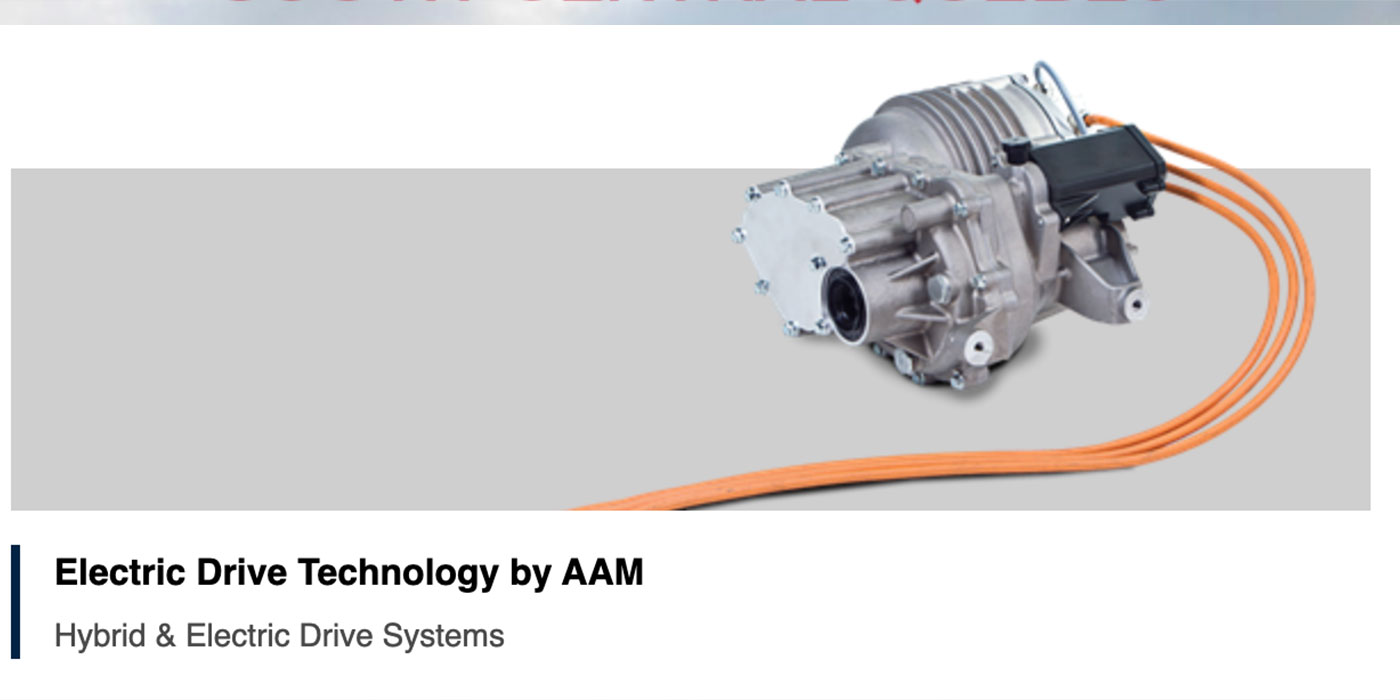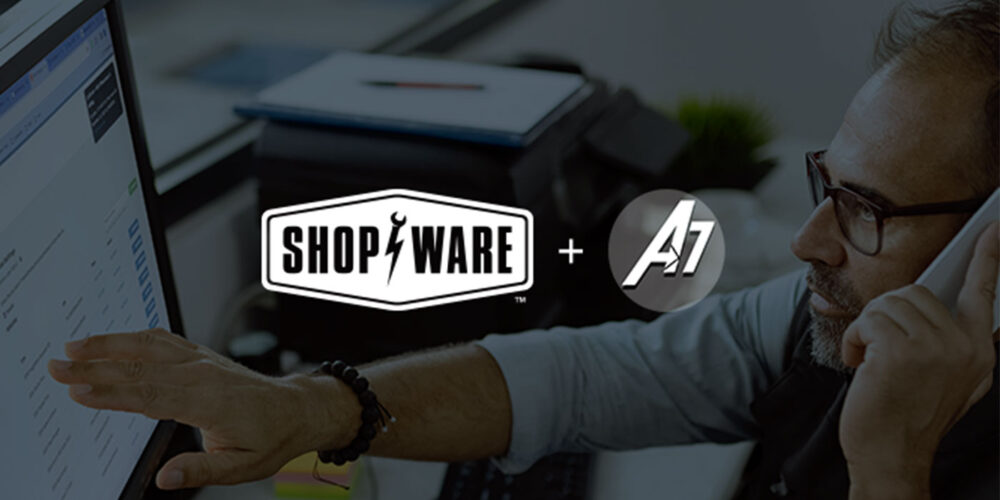From Automotive Design & Production
Traditionally suffering from a poor image, the steel industry has become increasingly under the spotlight during the last 12 months as the strong demand for steel has led to short-term shortages in some industries, especially automotive. The steep increases in the cost of raw materials, including steel, is being cited as one of the principal reasons why carmakers may be forced to increase the price of their vehicles for the first time in years. Nissan, for example, which had to cease production at three of its plants in Japan for several days because of a steel shortage, has already said that it is considering a price rise and is watching with interest what its rivals are doing. Options it was said to be considering are reducing incentives, reducing the standard specification, or a simple price rise, the last being the least favorable due to the competitive nature of the retail market.
Much of the cause for the current steel (and energy) situation is demand from China, although this could be in the process of changing. At the end of 2004, Corus, the Anglo-Dutch steel maker formed in 1999 by the merger of Hoovogens of the Netherlands and British Steel, saw a modest fall in its share price following fears that lower consumption and increased production of steel in China could lead to global oversupply. From being a major importer of steel, China has emerged in recent months as an exporter, owing to a slowdown in its domestic market. According to a report from UBS, the Swiss investment bank, Chinese production will have increased 22 percent during 2004 with a 14 percent rise forecast for this year. The net result of this could see steel prices fall by as much as $200 a ton in 2005, but until that time, most of the European capmakers will have to live with the prices they agreed with the steel companies last year, when it looked as if there could be significant shortfalls.
“During late 2003 and early 2004 it became apparent that the supply side of the steel industry was changing very quickly-this is raw materials supplies and, incidentally, transport arrangements for raw materials,” says Ouncan Pell, director, commercial co-ordination, Corus. “This was due to the rapid growth in the Chinese steel industry From being nothing to becoming the world’s largest in a fairly short period of time, and the switch from indigenous iron ore to imported iron ore. As the Chinese facilities became more sophisticated, and as inward investment and technical support from Japan, Korea and others took effect, the requirements for iron ore moved from the local lower grades to the more sophisticated Brazilian, Australian and Canadian iron ore.
“So suddenly it appeared to us, although it’s more of an evolution than a revolution, that the requirements of the Chinese, particularly for iron ore, were driving up prices, giving rise to some shortages and driving up the freight costs associated with moving bulk goods like iron ore. A similar situation happened with coke and coal while there were also shortages of freight capacity. By early spring last year, delivered prices for raw materials had risen very dramatically on world markets, and the steel industry was faced with what we believe was a structural shift in the price of making steel because we don’t think that iron ore prices are going to drop again. The increased demand from the Chinese is there and will continue to be there, and we think there is a structural shift in the cost of making steel. We saw steel prices rise on average by about 50 percent in 2004 and we exited the year with these much higher prices.”
In the spring of ’04, Pell says, Corus personnel began explaining to the automotive OEMs what was going on in the steel market, “but initially it fell on deaf ears.” He adds, “of course, the old agenda of cost down was always there.” Other steel company personnel did the same and after three to four months there was a better understanding of what was going on.
So what is going to happen? The demand for steel will remain high. “We have not only a quickly growing Chinese economy, but we also have signs of accelerating growth in India and some speculation that Russia is about to get its act together and put its house in order. In the most optimistic view, over the next 10 to 15 years, there is going to be synchronized growth — China, albeit at a lower rate than during the boom years, will continue at around 6-7 percent, India will grow at probably higher rates, albeit from a very low level, and one can predict Russia also growing. In the background there are also the countries joining the European Union moving toward consumer-based industries, while the U.S. has been very strong in 2004 and this could well continue through 2005.
“The requirements for steel at this stage grow faster than GDP growth-GDP growth is average but manufacturing growth can be faster than that — and which products are at the forefront of that growth are primary products like steel for the infrastructure and consumer items. Our optimistic and I think realistic view is that this growth is sustainable throughout this decade and probably well into the next.”
Unlike the automotive sector, the steel industry has not been through much of a rationalization process, although this could be about to change, Corus itself was in the headlines early in 2005 for allegedly being in the crosshairs of ThyssenKrupp, the German industrial conglomerate, although denied by both sides. However, Pell believes that the steel industry is likely to go undergo some changes.
“Consolidation will be a feature that will likely lead to a more rational industry. The number of competitors in the steel industry is illogical when you look at the way other industries, such as the automotive sector, has developed. We often describe ourselves as kind of being caught between a highly consolidated supply industry and increased consolidated customer base and we are still very fragmented.
Pell sees a positive outlook for steel: “If you look at who is making big money, it’s the steel companies in the fast-growing economies and it’s more to do with growth opportunities than it is to do with low cost and that kind of thing.”
Copyright 2005 Automotive Design & Production. via ProQuest Information and Learning Company. All Rights Reserved.
_______________________________________
Click here to view the rest of today’s headlines.













